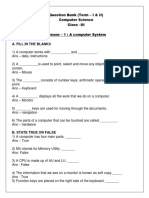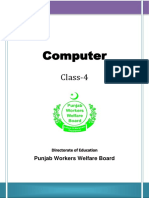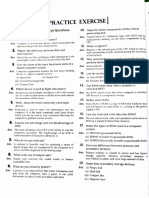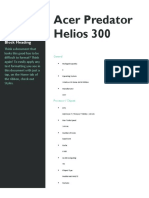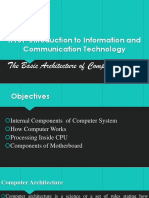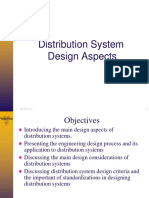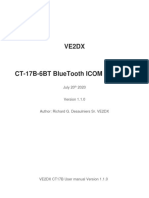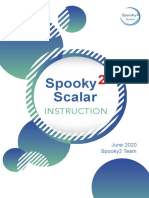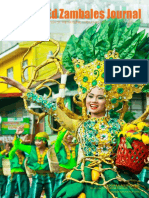0% found this document useful (0 votes)
15 views9 pagesCLASS - 9 - Computer - WS - 1
The document is a worksheet for Class IX students at Sri Vidyanjali School, covering topics in Information and Communication Technology (ICT) skills, computer components, peripheral devices, operating systems, and the internet. It includes multiple-choice questions, fill-in-the-blanks, and descriptive answers related to various ICT concepts. The content aims to enhance students' understanding of computer systems and their applications in daily life.
Uploaded by
harshithreddystudyCopyright
© © All Rights Reserved
We take content rights seriously. If you suspect this is your content, claim it here.
Available Formats
Download as PDF, TXT or read online on Scribd
0% found this document useful (0 votes)
15 views9 pagesCLASS - 9 - Computer - WS - 1
The document is a worksheet for Class IX students at Sri Vidyanjali School, covering topics in Information and Communication Technology (ICT) skills, computer components, peripheral devices, operating systems, and the internet. It includes multiple-choice questions, fill-in-the-blanks, and descriptive answers related to various ICT concepts. The content aims to enhance students' understanding of computer systems and their applications in daily life.
Uploaded by
harshithreddystudyCopyright
© © All Rights Reserved
We take content rights seriously. If you suspect this is your content, claim it here.
Available Formats
Download as PDF, TXT or read online on Scribd
/ 9





















